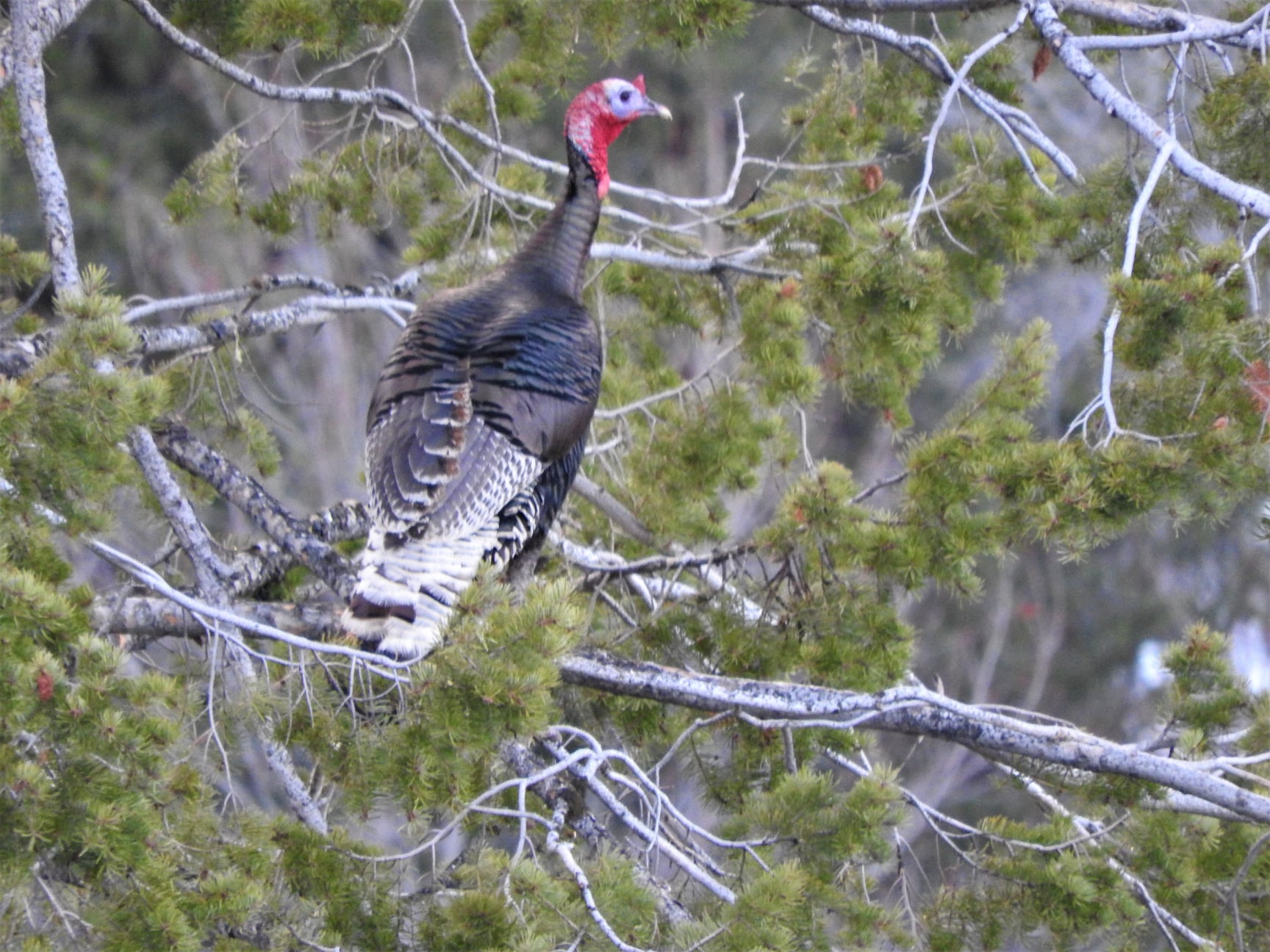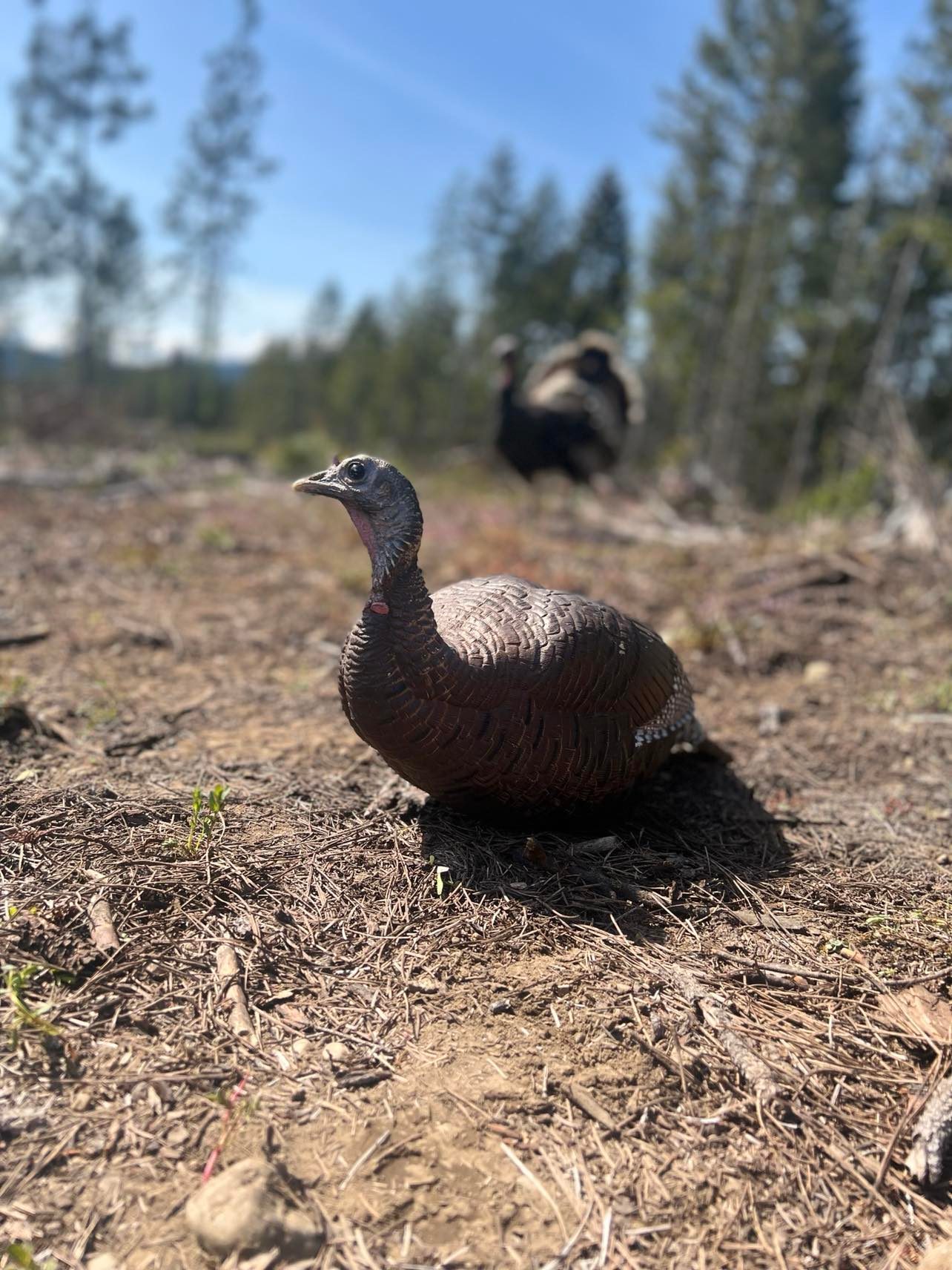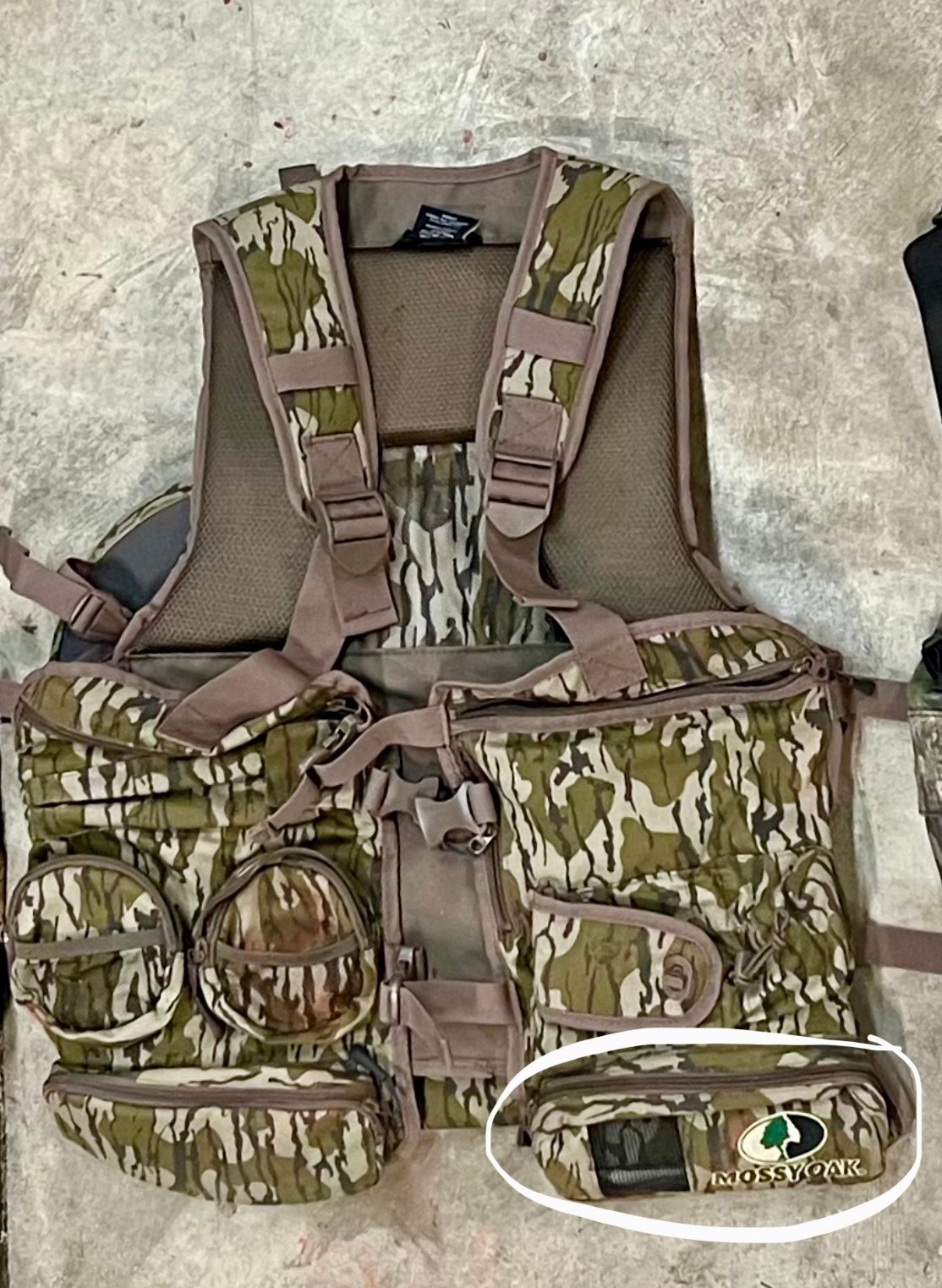
Chapter 6 – May 10, 2023
Tips and tactics for gobblers
Advice for turkey hunting success as the spring season wears on
By Eric Braaten/WDFW
As we near the home stretch of wild turkey hunting season in Washington, hunters are still going afield in search of that first notched tag or even an additional one or two. With that in mind, we wanted to share top tips and tactics for the tail end of the spring season from agency biologist and avid turkey hunter Eric Braaten.
There’s still time to put a gobbler in the freezer with these suggestions, so read on to dial in your late-season approach to hunting the turkey woods.
Top three late-season turkey hunting tactics
1. Cover lots of ground
As springtime temperatures warm up, gobbler/hen breeding activities cool down. Toms will move to find available hens.
Cover ground in the evening listening for roosted toms, and strike a gobble using locator calls in the early morning. I will drive roads and try and cover as much ground as possible using these tactics. I mark gobbles on my onX Hunt app and move on to other areas before daylight.
2. Hunt up
If you’re hunting in country with the Merriam’s turkey subspecies, hunt higher elevations. This subspecies will move up with the snowline. Many gobblers will tag along with hens who have high-elevation nesting sites. Look at your maps for ridgelines that move from lower to higher elevations. This is key to locating areas that will hold more gobblers.
3. Hunt water
As May warms up, many areas in the southern part of the state will get into temperatures in the 70s. Springs, creeks, seeps, and ponds can hold active birds during hot afternoons, as well as shade. Look for these areas on your maps or apps. These areas are used by nearby nesting hens and toms will be in these areas searching for any available hens.


Hot tips for the late season
1. Use decoys sparingly
Many gobblers are decoy-shy after the early part of the season. Make them search you out. If you feel the need to use decoys, sometimes a single hen or a jake/breeder hen combo can help get that jealous or dominant gobbler close.
2. Mosquitos, ticks, and snakes
The late season brings all three of these out when temperatures increase. Wear snake chaps/boots and spray your clothing and turkey vest with permethrin tick repellent. Use a portable Thermacell repeller to ward off unwanted insects. The compact design lets it fit in your pocket or turkey vest easily, and some turkey vest manufacturers have built a special pocket for the Thermacell.
3. Call sparingly
Calling in the late season should focus on finesse. Many hens are not talking and most available hens are bred. Cutting, cackling, and loud yelps are really not needed. Clucks, soft yelps, and purrs will get you more responses. Use this tactic in particular on public land where toms have heard it all by now.
4. Wear less
Late season means warm temps, so you can shed some layers and make yourself more comfortable and agile as you hike looking for available toms. Many lightweight fabrics out there allow you to add a layer in the morning and shed it in the afternoon.
With Washington’s wild turkey hunting season running through May 31, we wish you luck in notching some tags using these tactics and tips. For more information, refer to our other Turkey Takeover articles through the links below and the 2023 Spring Season Wild Turkey Hunting Regulation Pamphlet.
May your season be a safe and successful one!





